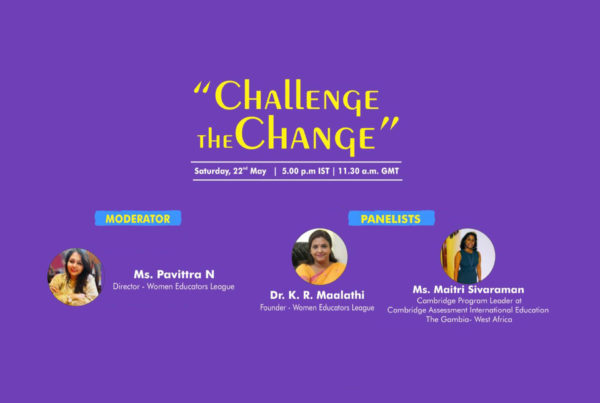How using the right hand gestures can help teachers and students in a classroom
With schools likely to adopt a hybrid model for the academic years to come, the question is how can teachers improve student retention when teaching online?
Hand gestures are apparently one way to go.
We came across a rather interesting research paper that suggests that innovative learning strategies, such as moving the hands during the word memory process, actually facilitated the retrieval of words. In the paper that was released this year, the researchers — sociologists Tsz Wing Tsang &Hui Jing Lu from Hong Kong — suggest moving the hands in the encoding stage enhances memory because body movement activates the frontal cortex, which is crucial to the memory process.
For example, when talking about listening to a guitarist, you might mimic strumming a guitar to illustrate what you are saying. The same idea can be translated to teaching concepts.
Many different linguistic and cognitive science researchers are beginning to study co-speech gestures, because they can tell more about what is happening in people’s minds.
So, far we have four different kinds of “co-speech gestures” as they are called.
Iconic gestures: They help to describe objects or actions. Here, hand movements create pictures to describe objects or actions. For instance, raising your hand high to indicate tall, etc.
Beat gestures: When hand movements follow the rhythm of speech. For example, Up-and-down hand movements that coincide with breaks or sentence ends.
Deictic gestures: Gestures that direct the listener’s attention, such as pointing. For example, a math teacher might say, “the y-axis represents the class interval,” while pointing to the y-axis of the graph. In this case, her pointing gesture clarifies the term “y-axis” for students who are unsure.
Metaphoric gestures: They put an abstract idea into a more concrete form. Making hands into a heart shape and placing them on the chest indicates affection, for example.
Psychologists have found that gestures can improve not just retention but problem-solving as well.
Think about a chemistry teacher talking about the movement of electrons in a reaction. What if the teacher moves their hands along describing the motion of the electrons, or a physics teacher does the same with a sound wave.
Not only does gesturing help reduce cognitive load on the student, but it also can help you as a teacher assess understanding.
Sometimes, when a student is on the cusp of understanding a concept, they may use certain gestures, or maybe even the gesture the teacher used to explain a concept. The very fact that they used the same gesture as the teacher would mean the student is close to getting at the answer.
In a virtual classroom, lend yourself a hand, and use a gesture!




